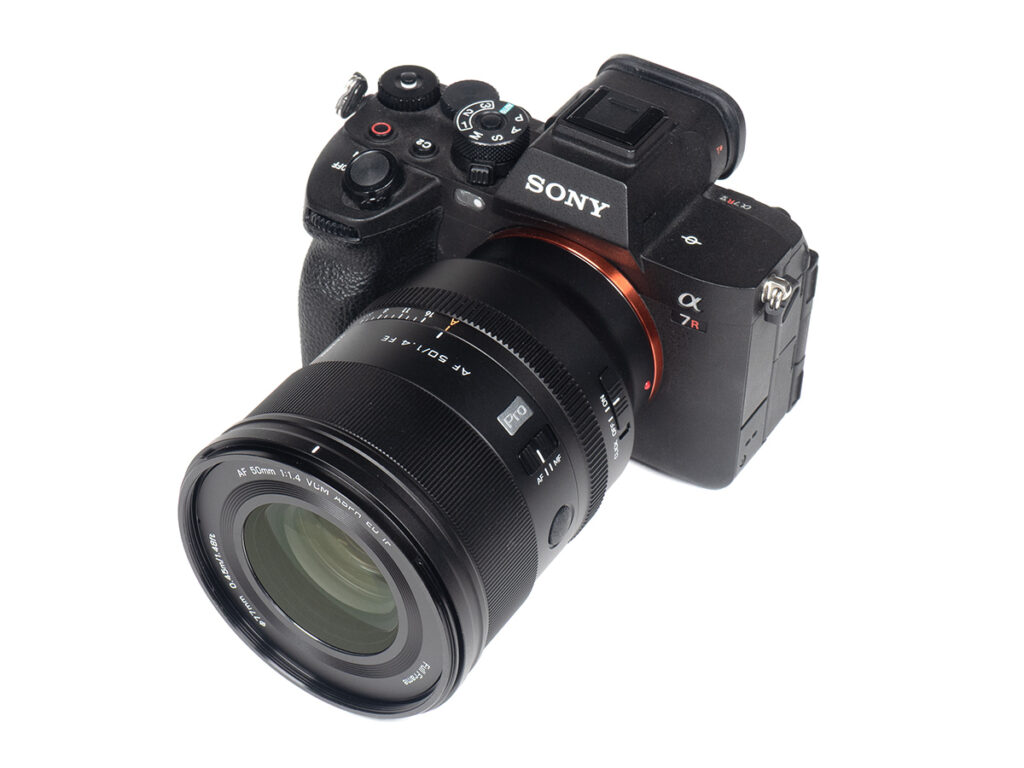Apparently, Viltrox isn’t finished releasing lenses in 2025. This time, we’ll explore the Viltrox AF 50mm f/1.4 FE Pro, a designated professional-grade standard prime lens. As you might expect, the pricing isn’t quite up there with the Sony FE 50mm f/1.4 GM. The Viltrox lens has a retail price of $549 USD, or less than half of what Sony is asking.
Just in terms of build quality, the Viltrox lens doesn’t have to hide. The lens body is made of metal down to the mount. It’s not a small lens, and combined with the tough construction, it is on the heavy side at 800g. Viltrox has also implemented some degree of weather-sealing. The focus ring operates smoothly. There’s also a de-clickable aperture ring with a nice click action. As you can see below, a petal-shaped lens hood is part of the package.
The lens uses a quick Dual HyperVCM Motor for silent autofocusing – the difference compared to the older single motor is quite obvious. While EXIF data is provided, there is no built-in correction profile, which is a bit of a shame if you are a JPEG shooter. Viltrox argues that correction profiles will be made available to RAW converter suppliers, though. Manual focusing works by-wire, as usual. Firmware updates are possible via a USB-C port on the lens mount with the Viltrox app for mobile phones.

| Specifications | |
|---|---|
| Optical construction | 15 elements in 11 groups (1x aspherical, 3x ED, 8x HR) |
| Number of aperture blades | 11 |
| min. focus distance | 0.45m (max magnification: 0.145x) |
| Dimensions | Φ 84.5x111mm |
| Weight | 800g |
| Filter size | φ77mm |
| Hood | barrel-shaped (bayonet mount, supplied) |
| Other features | Aperture ring (de-clickable) Customizable Fn-button Firmware updates via USB-C/Bluetooth Weather-sealing |
Distortions
The lens produces a mild barrel distortion of ~1.1%. While this isn’t negligible, it is usually not disturbing. As mentioned above, there’s no built-in correction profile at this point.

Vignetting
The vignetting characteristic is typical for a lens in this class. At f/1.4, there’s a quite heavy light falloff of 2.3EV (f-stops). As usual, stopping down improves the issue, and it’s down by 0.75EV (f-stops) at f/2 already. Moderate vignetting is reached at f/2.8 and beyond, it shouldn’t be visible anymore in most scenarios.
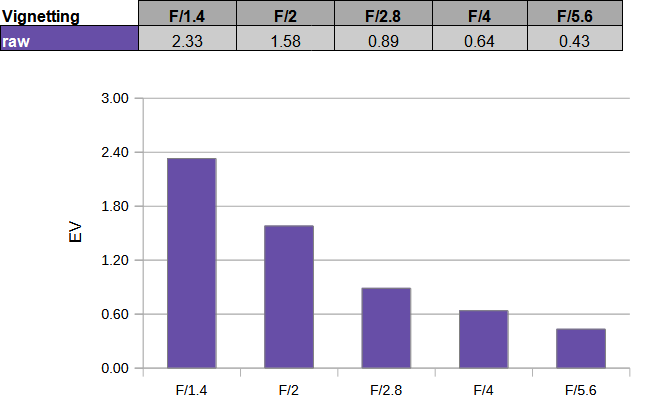
MTF (resolution) at 42 megapixels
The Viltrox AF 50mm f/1.4 FE Pro produced quite impressive resolution results in our lab. The broader image center is already excellent at wide-open aperture. The outer image field isn’t quite as high, but you can still expect good to very good quality here. Stopping down to f/2 doesn’t make a really noticeable difference in quality, but there’s a boost at f/2.8, and more so at f/4. The center is downright outstanding here, and the border quality is excellent. The corners are very good at this setting. The corners still improve a little at f/5.6. Diffraction has a broader impact from f/8. f/11 remains perfectly usable, but you should avoid f/16, as usual.
The centering quality of the tested sample was good. The field curvature is flat.
Please note that the MTF results are not directly comparable across the different systems!
Below is a simplified summary of the formal findings. The chart shows line widths per picture height (LW/PH) which can be taken as a measure of sharpness. If you are keen to know more about the MTF50 figures, you may check out the corresponding Imatest Explanations.

Chromatic Aberrations (CAs)
Lateral CAs are almost negligible at all aperture settings, even without corrective measures. The border CAs hover around an average CA pixel width of 0.5px.

Bokeh
A fast lens isn’t just about sharpness; it’s also about the out-of-focus rendering, aka the bokeh – so let’s take a look.
The Viltrox lens produces clean out-of-focus highlights with a smooth inner disc zone and barely any outlining. It’s worth noting that there is some outlining visible beyond the broader center, though. The lens has 11 aperture blades, which helps with maintaining the circular shape (near the center) up to f/2.8. The slightly more edgy aperture shape creeps in at f/4.
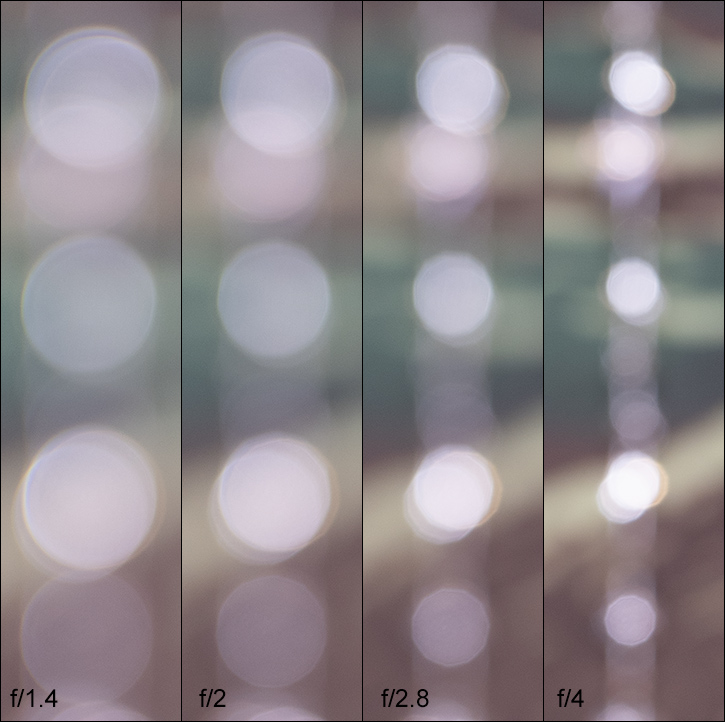
When looking at the rendering of the highlight discs across the image field, we can see a moderate deterioration to a more cat-eye-like shape in the corners. Stopping down to f/2 restores most of the border/corner highlight discs already, and the disc outlining is also mostly gone. The discs are fully restored from f/2.8 – which is comparatively “early”.
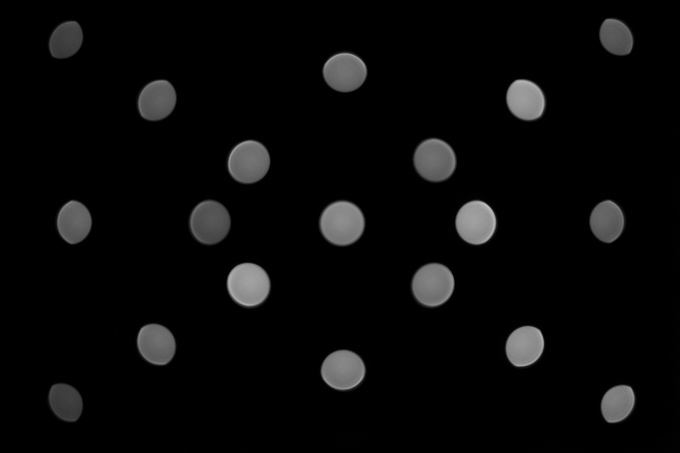
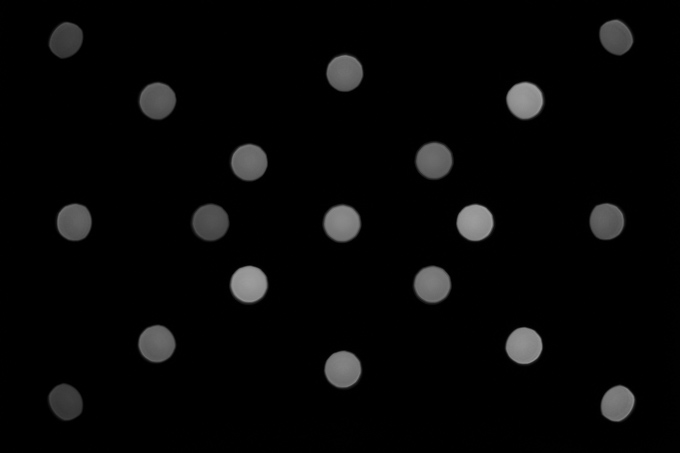
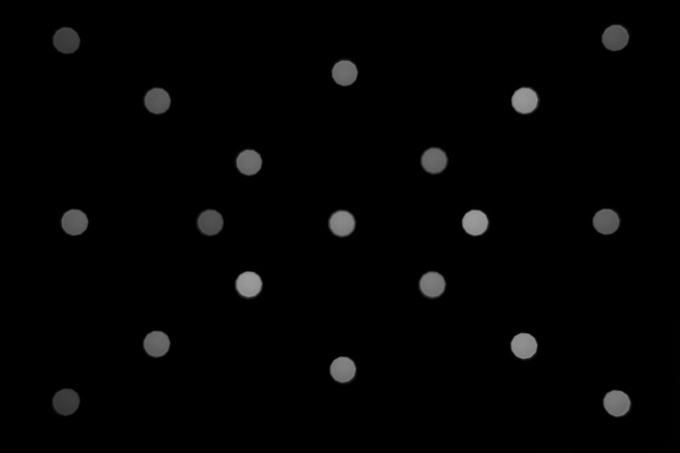
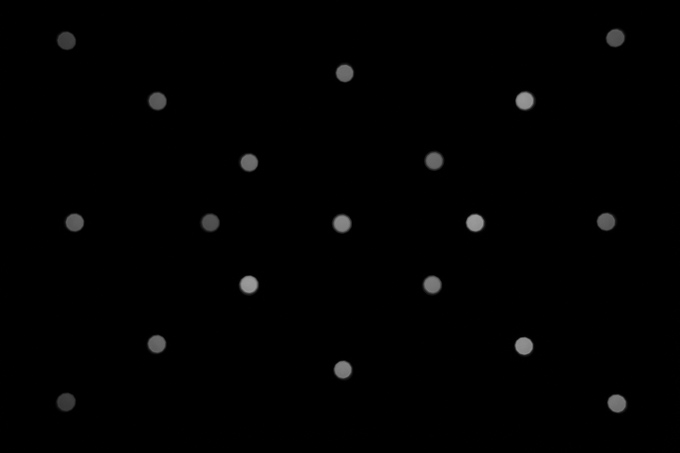
The blur in the focus transition zone isn’t perfect, but the background blur – shown to the left below – is fairly smooth. The less important foreground blur is a bit “shadowy” and as such, quite nervous.
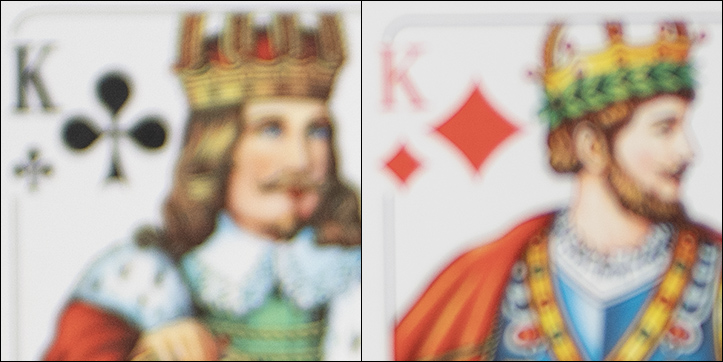
Bokeh Fringing / LoCA
LoCAs, or bokeh fringing, is a color fringing effect on the Z-axis. It shows up with a purplish tint in front of the focus point and a greenish tint behind – and it’s nearly impossible to fully correct in post.
As you can see below, the Viltrox lens shows significant color fringing at f/1.4, and it’s still very noticeable at f/2. The fringing is significantly improved at f/2.8 and gone from f/4 onward.
What you may also notice when scrolling through the different aperture settings – the focus shifts quite a bit towards the rear when stopping down. These shifts are caused by RSA (residual spherical aberrations). While this isn’t unusual for fast lenses, you should check your images at very close focus distances (unless you used f/1.4 or a small aperture).
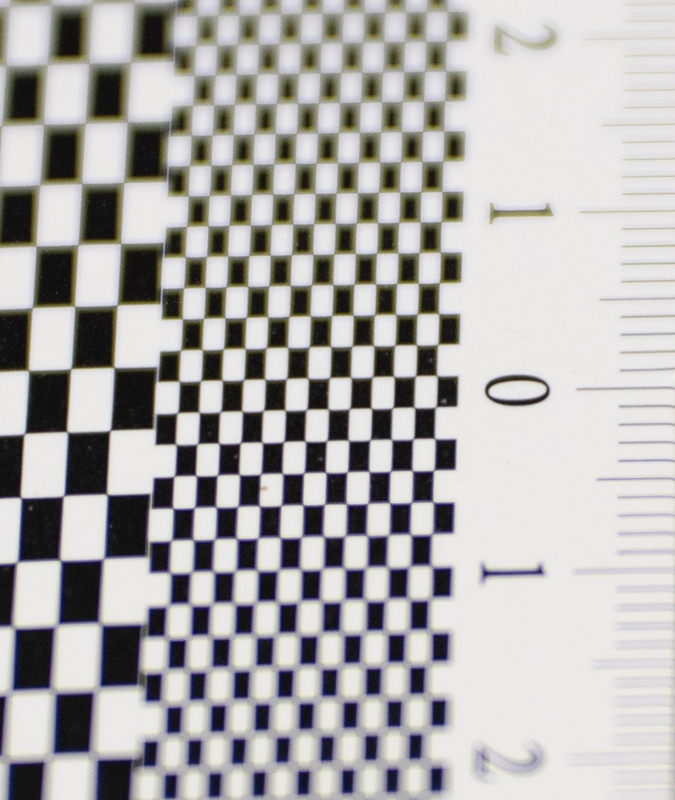
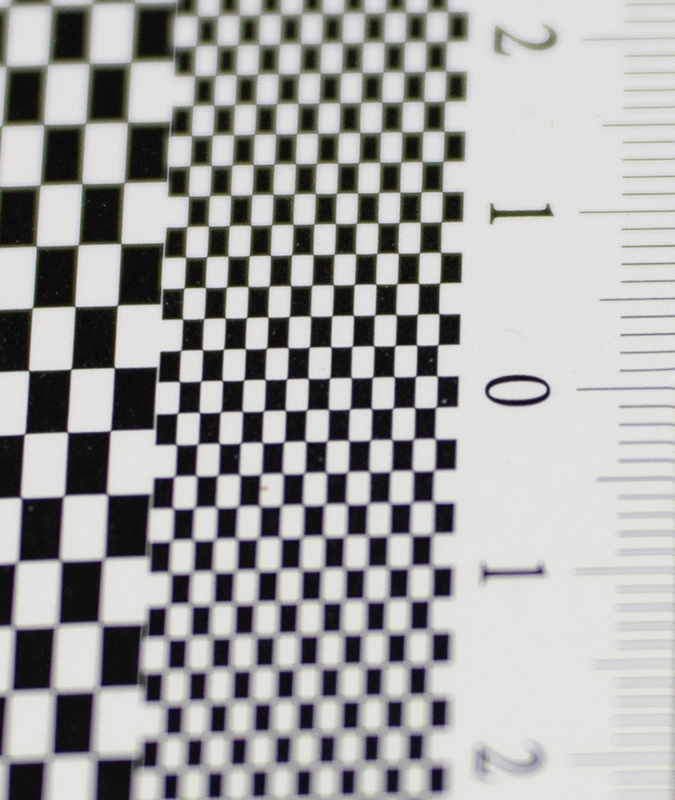
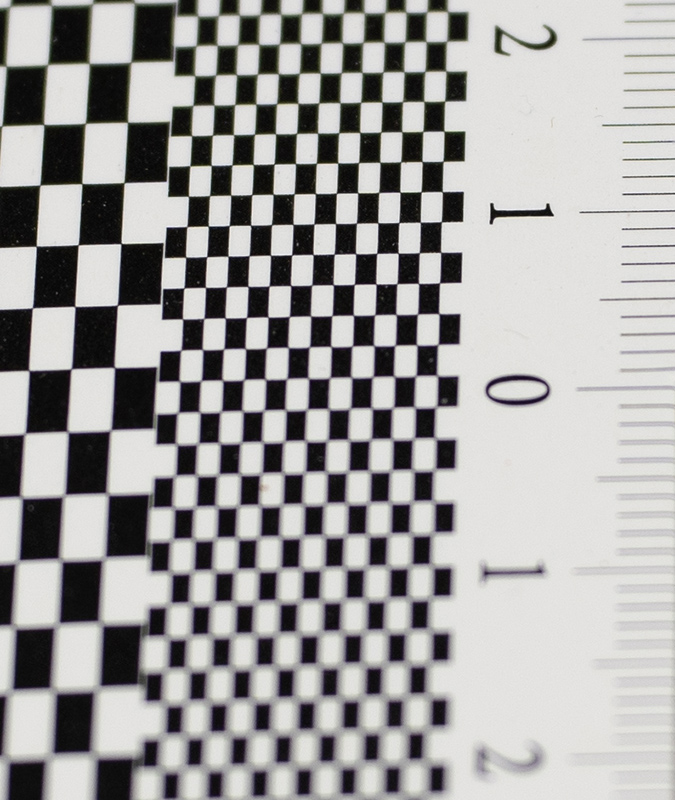
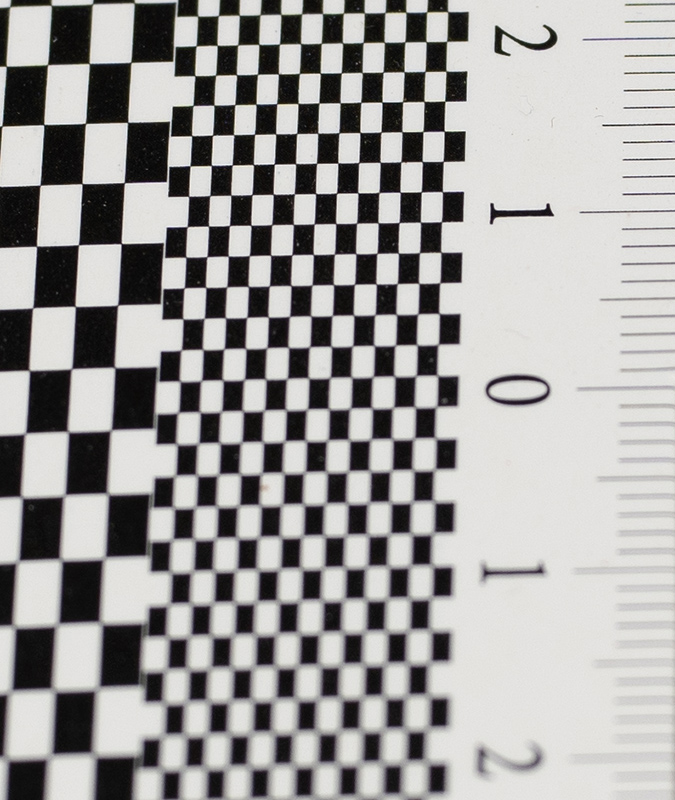
Competition
As always, there are a gazillion options in Sony E-mount – especially in this 50mm class. The most obvious competitors to the Viltrox AF 50mm f/1.4 FE Pro are the already mentioned Sony FE 50mm f/1.4 GM and the Sigma 50mm f/1.4 DG DN Art. We haven’t tested these yet, but you can expect them to be at least as good, but they are also substantially more expensive. There’s also the older Zeiss Planar T* FE 50mm f/1.4 ZA which probably goes for a more classic image look compared to the mentioned resolution fanatics. Another contender is the Samyang AF 50mm f/1.4 FE II, which is in the same price class as the Viltrox lens. Plus a some exotics.
Sample Images
The Viltrox AF 50mm f/1.4 FE Pro is an impressive lens in many ways, but it's not flawless. In terms of sharpness, it is up there with the best, though. Image distortions and lateral CAs are low. The vignetting is about typical for such a lens. The quality of the bokeh is generally good with a few caveats. Not ideal are axial CAs at large apertures as well as the observed focus shift at close focus distances. Unfortunately, Viltrox does not provide a built-in correction profile, so let's hope that it'll be made available via RAW converters or via a future firmware update.
In terms of build quality, we have (almost) nothing but praise. The lens feels like a tank - but it is also about as heavy. The handling of the control rings is superb. Unlike in their budget lenses, the AF 50mm f/1.4 FE Pro is also weather-sealed and the upgraded AF motor is surprisingly fast.
It also undercuts the price of the (serious) competition by quite a margin. So unless you want to invest an arm and a leg, the Viltrox AF 50mm f/1.4 FE Pro should be on your radar.
The Good
- Very sharp
- Superb Build Quality
- Very fast AF
The Bad
- Heavy
- Focus shift when stopping down
- No built-in correction profile
-
Optical Quality
-
Build Quality
-
Price / Performance


